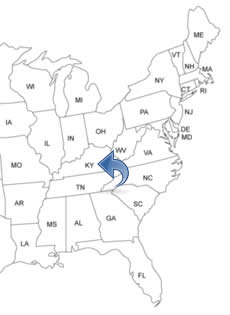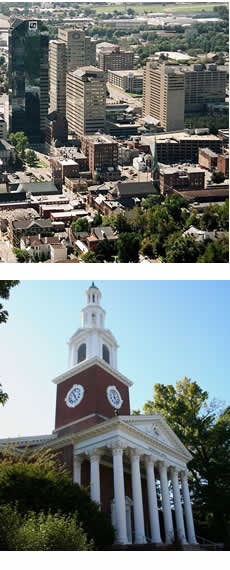KENTUCKY PEOPLE SEARCH!
- ✔ Contact Info
- ✔ Phone Numbers
- ✔ Criminal Records
- ✔ Income Info
- ✔ Neighbors
- ✔ People's Age
- ✔ Property Ownership
- ✔ And Much More
Lexington, Kentucky
Lexington is located in the north-eastern part and is the second largest city in the U.S. State of Kentucky. Lexington is known as the Horse Capital of the World and the Thoroughbred City. Lexington is home to hundreds of horse farms. The city's central downtown district is surrounded by historic neighborhoods. In 2008, Lexington was named the 5th best city for Businesses and Careers by Forbes Magazine.
To See And To Do In Lexington
- Ashland
- Triangle Park
- Mary Todd Lincoln House
- Waveland State Historic Site
- Fayette Mall
- Nicholasville Road
- Victorian Square
- Hamburg Pavilion
- Downtown
- The Kentucky Horse Park
History Of Lexington - Timeline
Lexington was founded in 1775. In 1779, Robert Patterson began building a blockhouse at the corner of what are now Main and Mill streets. In 1780, the first Lexington burial ground established on what is now known as the Baptist Church yard on Main Street. In 1782, the Town of Lexington was established. In 1787, the Kentucky Gazette, the first newspaper in Lexington and Kentucky, was published. In 1801, Walnut Hill Presbyterian Church was constructed.
In 1806, a Court House was built and the Mary Todd Lincoln House was completed. It was the home of Mary Todd, the future first lady and wife of the 16th President, Abraham Lincoln. The house was called "The Sign of the Green Tree" before its purchase by the Todd family. In 1811, Ashland (Henry Clay estate) was built. In 1814, the Hunt-Morgan House was built by John Wesley Hunt, a merchant, horsebreeder, hemp manufacturer, and banker. In 1829, the first macadam highway was built from Lexington to Maysville.
In 1830, companies were chartered to build a railroad from Lexington to the Ohio River. In 1831, the Lexington Observer newspaper was published. In 1833, 500 of 7,000 residents died within two months from a cholera epidemic spread by people using contaminated water supplies. In 1835, the first train runs from Lexington. In 1845, Christ Church Episcopal was built. A telegraph line was built between Lexington and Louisville in 1848.
In 1850, the city had the highest concentration of slaves in the state. In 1853, the first gas lighting was available for Lexington homes. In 1861, Union forces arrived in the city. The University of Kentucky was founded in 1865. In 1872, First Presbyterian Church was built. In 1877, the Saint Joseph Hospital was founded. In 1887, the Opera House opened. Electric streetcars was operating in the city in 1890. In 1896 the newspaper Morning Herald was published.
In 1900, more than 26,300 people lived in the city. In 1905, the Lexington Public Library opened. In 1907, the Union Station opened. In 1916 Lexington segregates its public parks. They remain segregated until 1956. In 1922, the Kentucky Theater in downtown opened.
In 1934, the United States Post Office and Court House was completed. In 1935 Lexington founded one of the first drug rehabilitation clinics. In 1936, Keeneland horse racing facility opened. In 1969, the baseball stadium "Cliff Hagan Stadium" opened. In 1979, the Kincaid Towers opened. In 2001, the Whitaker Bank Ballpark opened. In 2003, the Lexington History Center in downtown opened.

